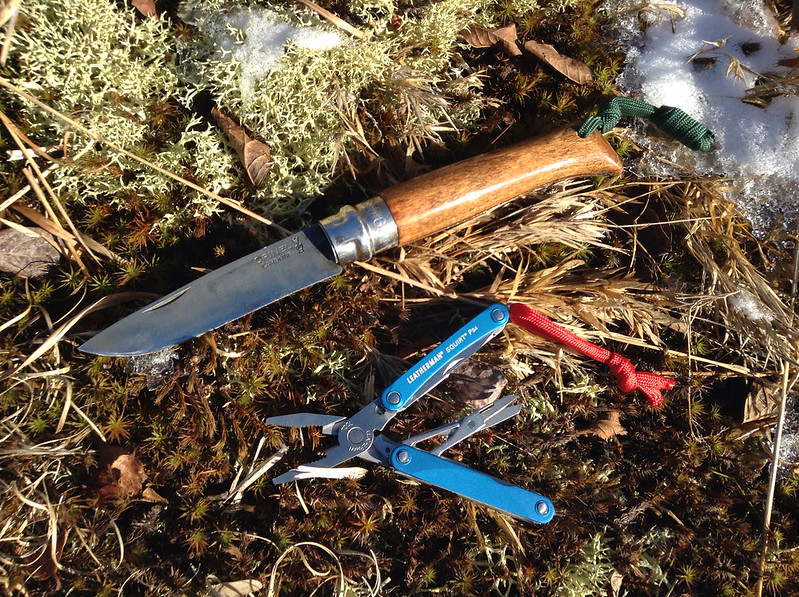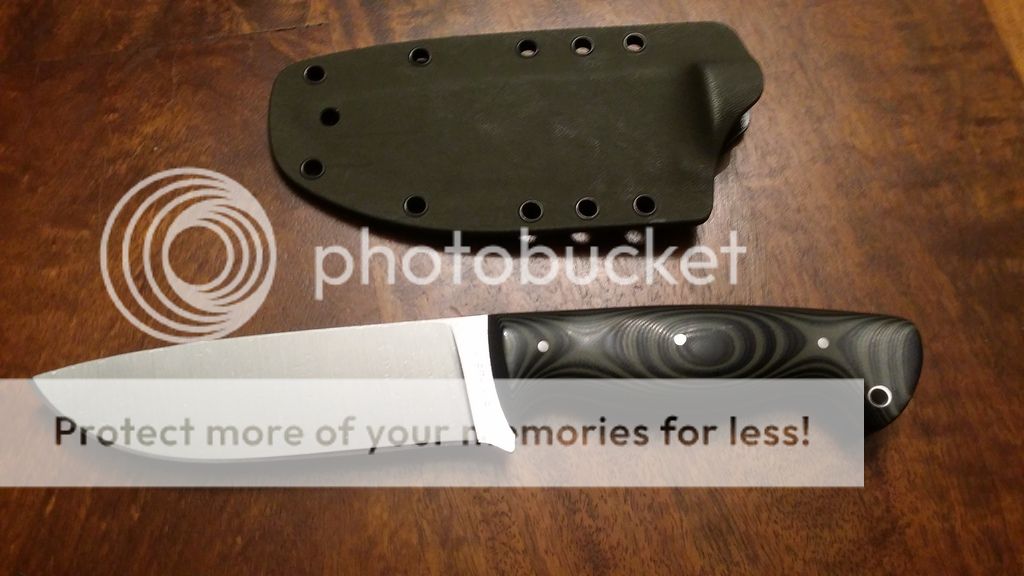I think this is a busted topic to start with.
Every year, we get plenty of stories in New England of hikers or hunters who get lost or benighted and in need of assistance. These situations have the making of survival scenarios but in these situations, I have a hard time focusing solely on the knife. Any competent hiker, hunter or backcountry skier carries a kit of what he or she considers to be their essentials and while a knife should be a part of that, it is only a part. Better to ask, what is the survival kit they are carrying and recognize that the knife is a hiking/camping/hunting knife.
Occasionally you hear stories of somebody who ends up on the woods without expecting to be. For example, occasionally skier venture off trail and get lost. On skis, it's easy to go a long distance in deep snow and end up, by magic, in a very bad place. A teenager in Maine stayed out 2 nights a few years ago. Rescuers credit his mini shelter inspired by watching Cody Ludin as having saved him.
But even in a case like this, I can't get my mind to the dropped in the middle of nowhere fantasy. All I see is people wandering into the backcountry without adequate knowledge or gear.
At the edge of ski area boundaries, you sometimes see signs warning that the boundary of the patrolled area has been reached. I'm trying to imagine one of these signs saying something like, "Don't proceed past this boundary unless you are carrying a 9" knife." I can imagine because I've seen, many times, "Don't proceed past this boundary unless you are carrying backcountry essentials."
This thread sits at the intersection between our shared interest in knives and backcountry skills.
I think a more interesting and productive question is "What do you carry in your backcountry essentials kit and how does your knife fit into that?"
My general outdoor carry.
 Outdoor Carry
Outdoor Carry by
Pinnah, on Flickr



